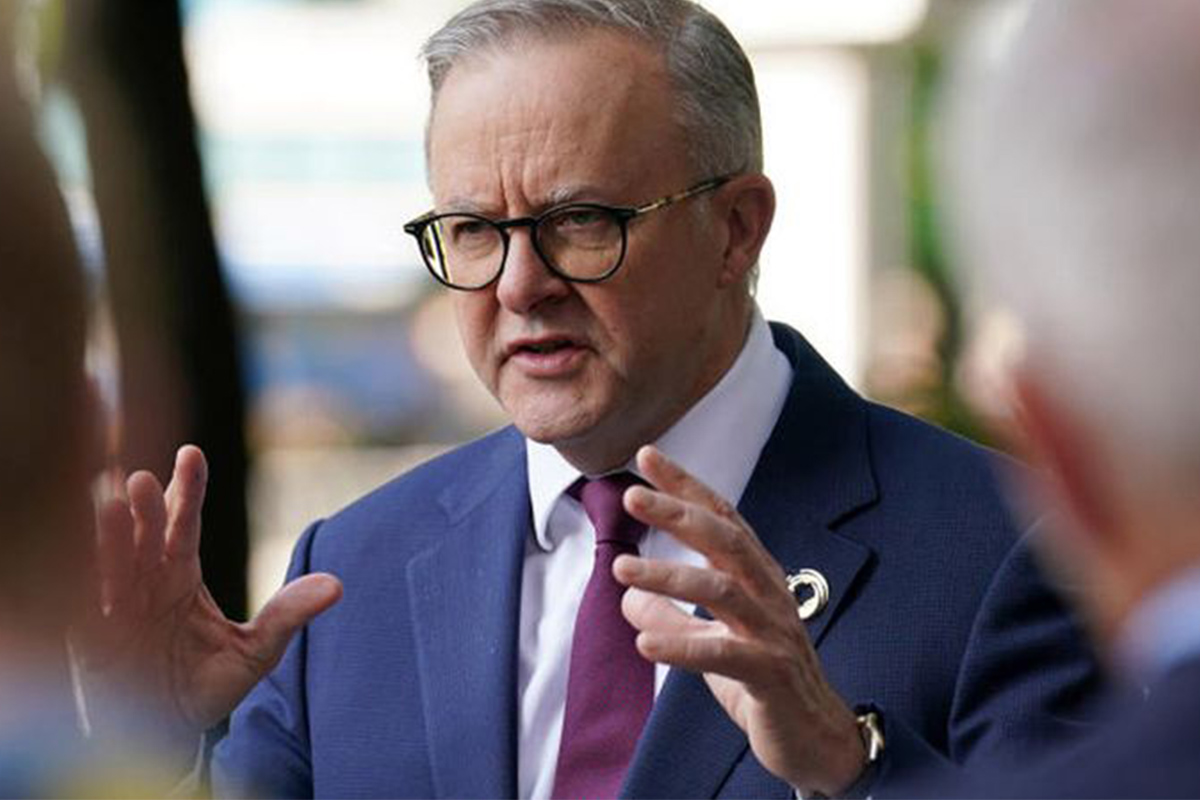As the political arena heats up in anticipation of the upcoming elections, all eyes are on the shifting dynamics between the Labor Party and the Coalition. Recent polling data suggests that if an election were held today, Labor would emerge victorious, marking a significant potential shift in Australia’s political landscape.
One of the key factors contributing to Labor’s potential success is the widespread approval of Anthony Albanese’s “Future Made in Australia” initiative. This ambitious plan, aimed at fostering self-sufficient renewable energy production by Australian businesses, has struck a chord with voters across the country. The initiative not only addresses pressing environmental concerns but also promises economic growth and job creation through the development of renewable energy infrastructure.
Despite the Prime Minister’s efforts, support for the Coalition has not seen a significant boost, particularly in light of Labor’s strong policy stance on renewable energy. The latest Newspoll data, conducted exclusively for The Australian, indicates that the standoff between Labor and the Coalition remains largely unchanged. Moreover, Anthony Albanese’s approval ratings, while still in negative territory, have seen a slight improvement, reflecting growing confidence in his leadership and policy agenda.
Comparatively, the Coalition, led by Mr. Dutton, continues to grapple with stagnant approval ratings. Mr. Dutton’s net approval rating remains at a concerning minus 15, highlighting the challenges the Coalition faces in gaining traction among voters. Despite a marginal improvement in his personal ratings, the question of who is best suited to be Prime Minister sees Mr. Albanese maintaining a comfortable lead, albeit with a slight narrowing.
In terms of electoral support, Labor’s first preference vote stands at 33%, while the Coalition holds a slightly higher position at 38%. However, when considering the two-party preferred vote, Labor maintains a narrow lead of 51% to 49% over the Coalition. While this margin remains unchanged from the last poll, it is a slight decline from the election result, indicating a potential tightening of the race.
The implications of these findings suggest a favourable outlook for the Labor Party if an election were held imminently. The resonance of Anthony Albanese’s policy agenda, particularly concerning renewable energy and economic self-sufficiency, has positioned Labor as a formidable contender in the political arena. Conversely, the Coalition’s inability to gain significant ground, coupled with stagnant approval ratings, underscores the challenges they face in regaining momentum.
As the nation approaches the May budget and gears up for the eventual election, the dynamics between the two major parties will undoubtedly continue to evolve. While polling data provides valuable insights into current sentiments, the final outcome will hinge on various factors, including campaign strategies, unforeseen events, and the ability of each party to connect with voters on a deeper level.
In the midst of this political flux, one thing remains certain: Labor’s path to victory seems increasingly promising, driven by a compelling vision for a future made in Australia.









